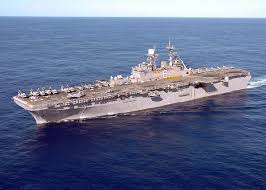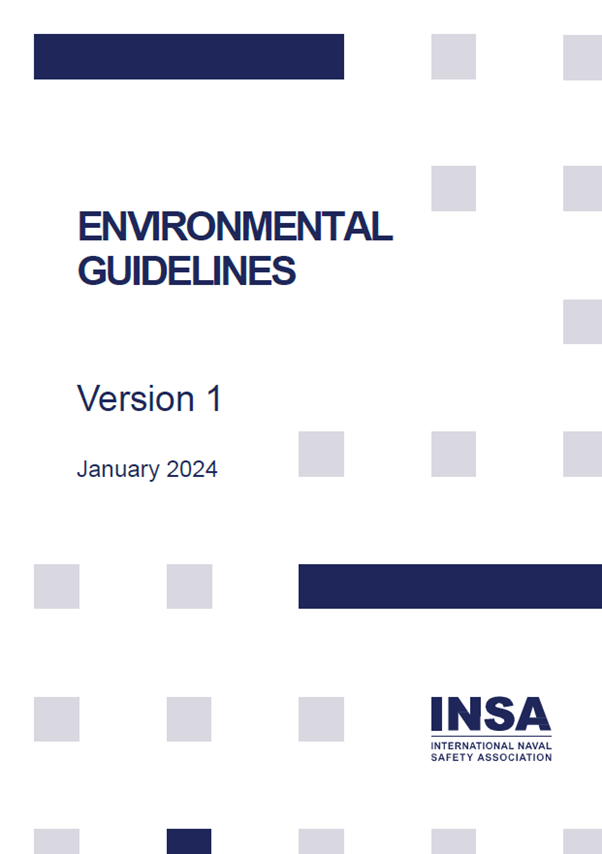
Environmental Guidelines

What are the guidelines?
Whilst the Safety Codes have been the primary focus for development since INSA was established in 2008, Environmental protection has been discussed frequently and is part of INSA’s mission statement. Requirements in UNCLOS and IMO Environmental Conventions are not applicable to warships and other government owned and operated vessels, however, the conventions do place an obligation on the state to comply as far as reasonably practical. In 2024, INSA released the INSA Environmental Guidelines. These guidelines provide a set of principles to assist in the implementation of environmental requirements. Environmental regulation will be subject to national legislation and laws, but a common agreed approach with some basic principles aim to benefit Navies as they establish environmental procedures and processes against an established and extensive commercial legislation set.
Why have the guidelines been developed?
The Maritime sector has developed two key baseline agreements, SOLAS and MARPOL shaping how the sector operates in safety and environmental protection. For many years the Navies of the world have been at the front of safety development but with their unique build requirements and operational activities, naval ships have lagged in the environmental space. The journey all Navies are on is one of changing national government priorities, societal pressure, coupled with refinements in the environmental treaties and legislation which is pressing Navies to demonstrate environmental commitment and degrees of equivalence.
It is widely accepted that naval ships operate differently and their operational envelope includes tasks critical to the national need ranging from defence of the nation, defence of resource and saving life, clearly operations in those cases are of paramount national importance and the relaxations within the international conventions are designed for such eventuality. The evolving nature of those conventions and the increasing pressure in society and in national government positions is pressing Navies to action on environmental issues, and INSA are leading the engagement.
The concept underpinning the development of environmental principles, was to enable the Navies to have a common view on managing environmental risk. Research reveals that, in many cases, Naval vessels in build have demonstratable equivalence and in some cases, full compliance with MARPOL, with certification being annotated appropriately. Clearly MARPOL and other key environmental legislation in the maritime sector is written for the commercial shipping sector. In some nations’, certain aspects of MARPOL are mandated for all national vessels.
The Navies should therefore be engaged in the debate, collectively adopting a series of agreed principles as an aspirational baseline. Developing guidelines and equivalence for key legislation is a positive and engaged way for Navies to present their case and lead on positive terms in the environmental discussion.
Who have the guidelines been developed for? This guidance has been developed by the INSA navies for their own use and are available to download for those with a login to the INSA website. It is intended that the guidelines may be used by:
- Navies: to provide a common process with which to manage environmental compliance and to use a common language.
- Naval Administrations and Recognized Organizations: to provide interpretation and guidance to enable compliance with conventions to be demonstrated and environmental risks managed.
- Port Authorities and other external parties: to understand that navies are appropriately considering their environmental impact, broadly following the same process in demonstrating ‘compliance with the intent’ of environmental protection legislation.
- Class societies: to understand the common process being followed by navies in order to provide common services that support environmental compliance.
The continued review and update of the guidelines within INSA will also provide a basis for further discussion and updates in the future on updated treaties, clauses and legislation in the environmental space.

